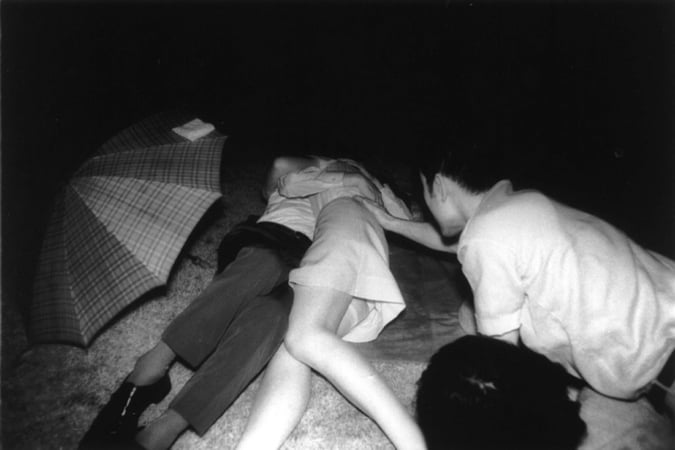‘Me and the Cult Leader’, an Account About the Aum Sect Told Through Film
Director Atsushi Sakahara acts as a spokesperson for the thousands of victims of the sarin gas attack in Tokyo in a strikingly candid report.
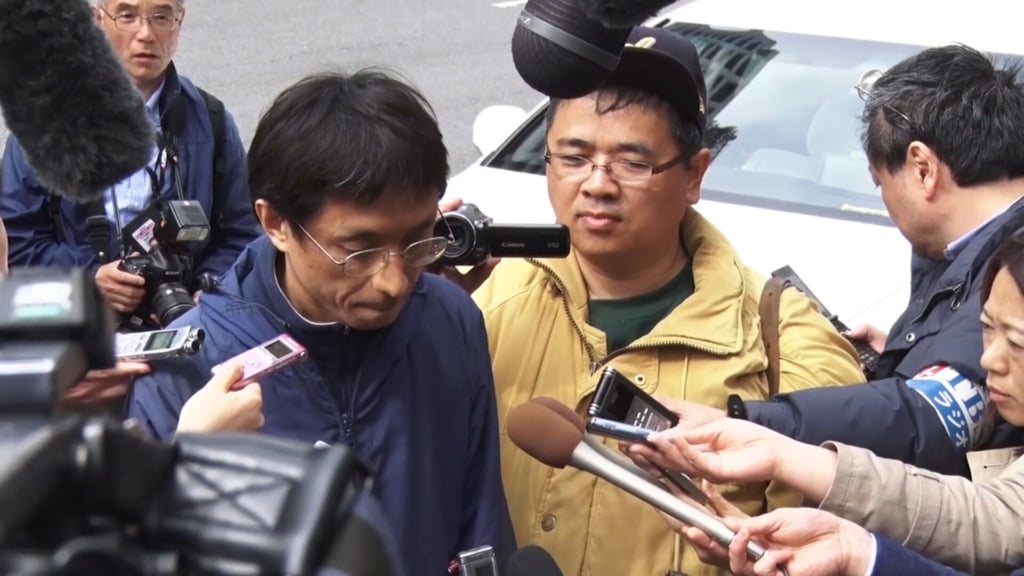
© Atsushi Sakahara / Good People Inc, Etsuko Matsuo
On 20 March 1995, the terrorist sect Aum Shinrikyo released sarin gas in the Tokyo subway. In five coordinated attacks, one member of each team pierced a bag on the ground containing pouches of sarin in liquid form with the tip of an umbrella, letting the gas evaporate and spread into the five packed trains at rush hour. The attack was carried out against the trains travelling via Kasumigaseki and Nagatacho, where the Japanese government was located. It was the most deadly attack in Japan since the end of the Second World War. The final total was 13 dead and over 6300 wounded, including some victims who were left paralysed for life, while others remained in a coma for years.
Filmmaker Atsushi Sakahara was present that day and was among the victims. He has suffered from post-traumatic stress ever since, as well as difficulties keeping his eyes open. The Japanese director, writer and businessman, born in 1966, joined an advertising agency after studying economics at Kyoto University, and received a master’s degree from the University of California. He produced the short film Bean Cake (2001) which won awards at Cannes, and has written several successful books. He started working on his first feature film in 2015, Me and the Cult Leader, a film in which he arranged to meet with Hiroshi Araki, an executive member of the sect. Thus, Atsushi Sakahara embarked upon a personal, challenging journey to document the parallel paths taken in life by the victim and the attacker.
Understanding the motivations behind a terrorist act
The film begins after a year spent negotiating the terms of their meeting. Almost twenty-five years later, Atsushi Sakahara came face to face with a member of the cult who was responsible for its evil acts. First, he accompanies the follower of Aleph (the new name of the Aum sect) to the place where the cult gathers. The living space, which is small and shared, consists of a dojo and a residence. The members’ clothes and food are monochrome and left intentionally bland. Atsushi Sakahara questions Hiroshi Araki about the cult’s practices, requirements and ideologies. He listens patiently to his answers and tries to understand why he joined the group, and particularly why he remains a member.
Throughout the film, the two men, who attended the same university and come from the same region, travel around the places where they grew up, retracing their past to gain a better understanding of their present and their respective current beliefs. The director does not aim to create a confrontation but rather a conversation, never straying into sensationalism and not seeking to settle scores. On the contrary, the film is a means of trying to understand actions, a search for an apology, an acknowledgement, that is linked to the relationship of trust between the two protagonists.
Subtitled ‘a modern report on the banality of evil’, Me and the Cult Leader reflects on the contrast between individuals who fit into this violent, disordered world, and those who do not and find themselves doomed.
Me and the Cult Leader (2020), a documentary directed by Atsushi Sakahara. More information can be found on the director’s website (in Japanese).
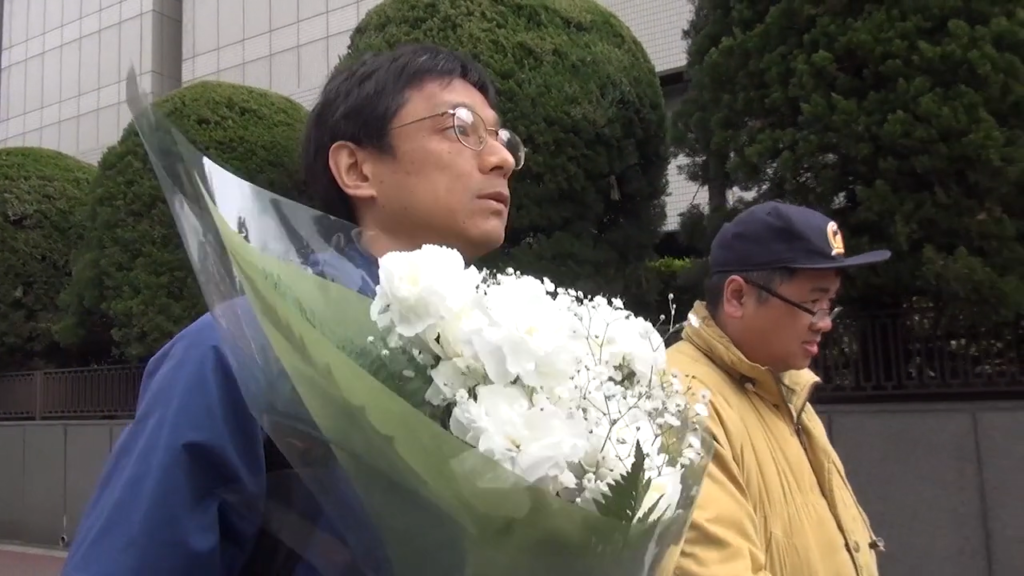
© Atsushi Sakahara / Good People Inc, Etsuko Matsuo
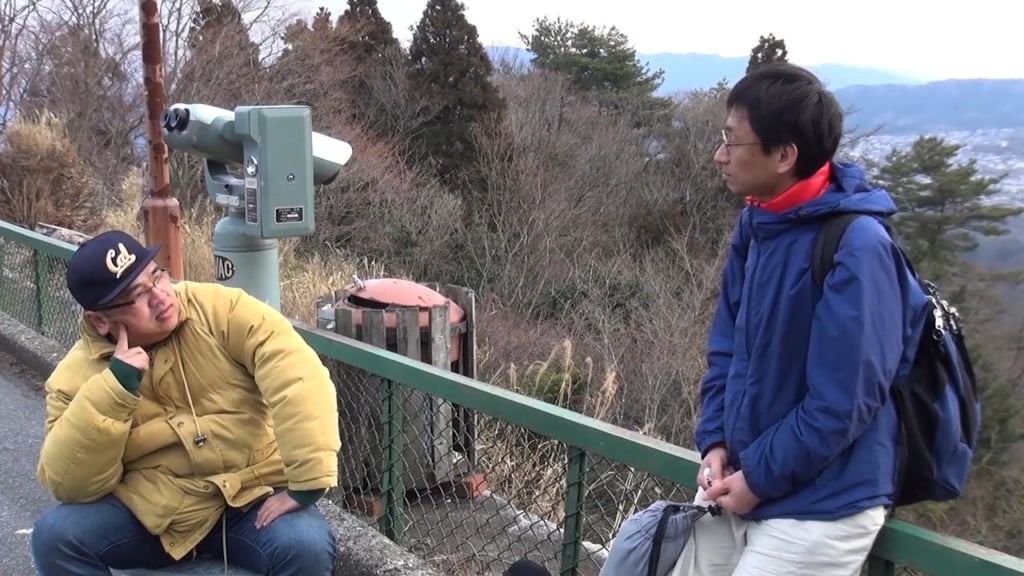
© Atsushi Sakahara / Good People Inc, Etsuko Matsuo
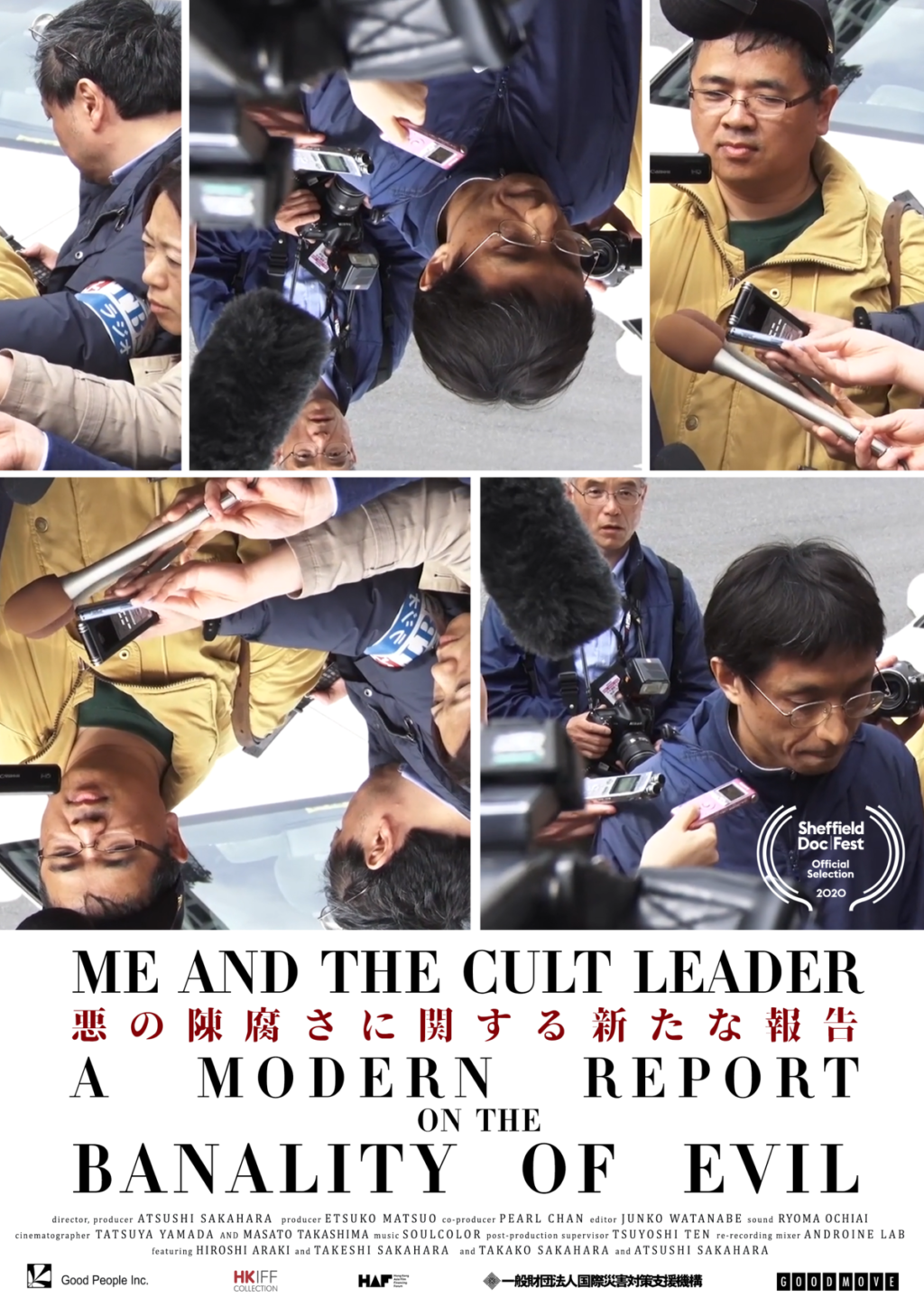
© Atsushi Sakahara / Good People Inc, Etsuko Matsuo
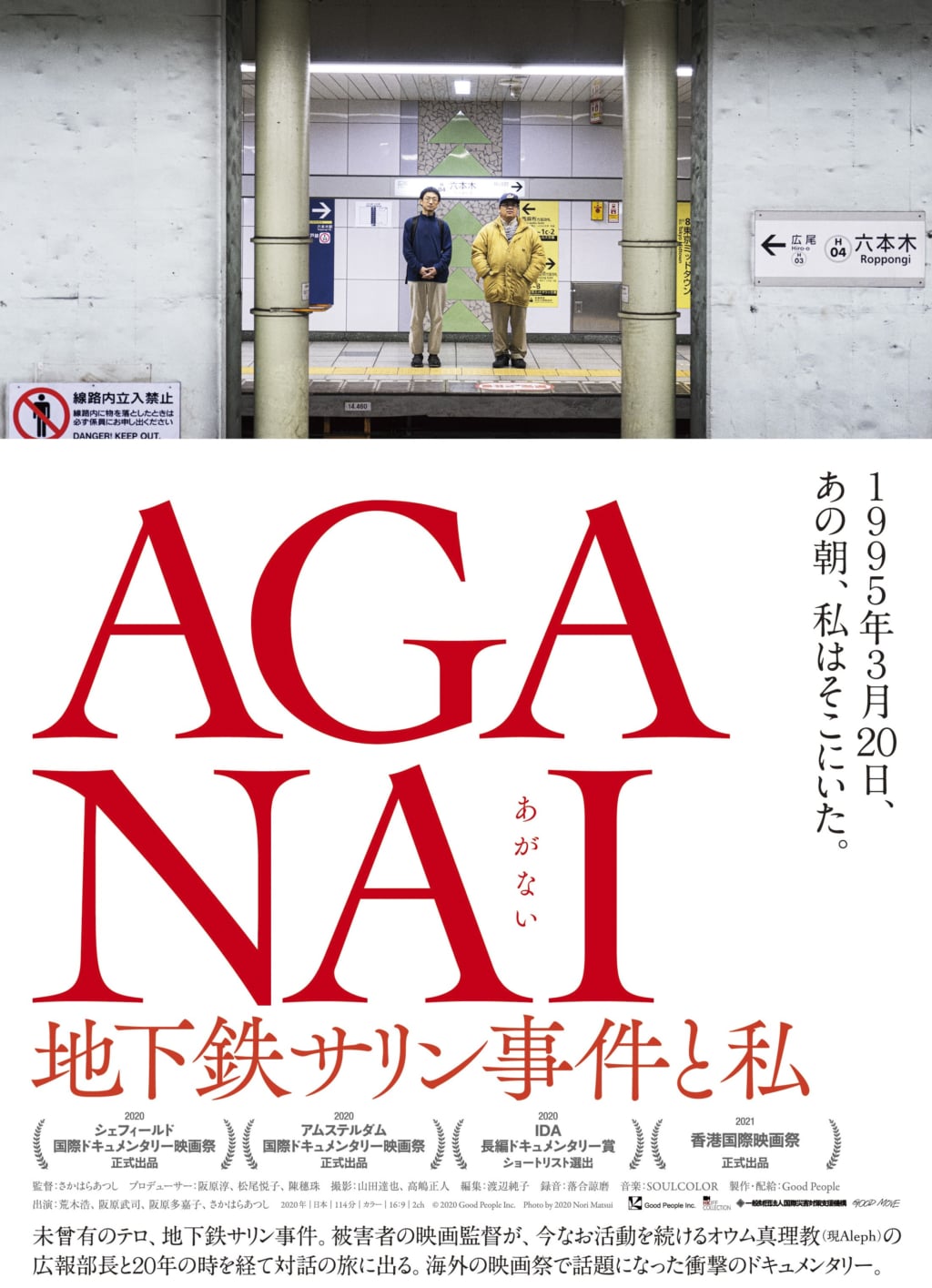
© Atsushi Sakahara / Good People Inc, Etsuko Matsuo
TRENDING
-
Immersing in Japanese Cuisine Across the Seasons with Mirukashi Salon
These countryside retreats, led by Prairie Stuart Wolff amidst local ingredients, offer an experience of Japan's culinary heritage.

-
The Tattoos that Marked the Criminals of the Edo Period
Traditional tattoos were strong signifiers; murderers had head tattoos, while theft might result in an arm tattoo.

-
Kohei Yoshiyuki, the Voyeur of Tokyo's Voyeurs
The reedition of the publication ‘The Park’ takes us on a night walk through the parks of Tokyo, out in full sight.

-
The Deer of Hokkaido, the Incarnation of a Wonderful World
In the series ‘Shikawatari’, photographer Chieko Shiraishi observes a herd of deer from a distance, on a gentle, poetic walk.

-
Kumejima, the Discreet Island
Despite being far less visited than the other islands of Okinawa, Kumejima offers natural treasures and invaluable craftsmanship.



